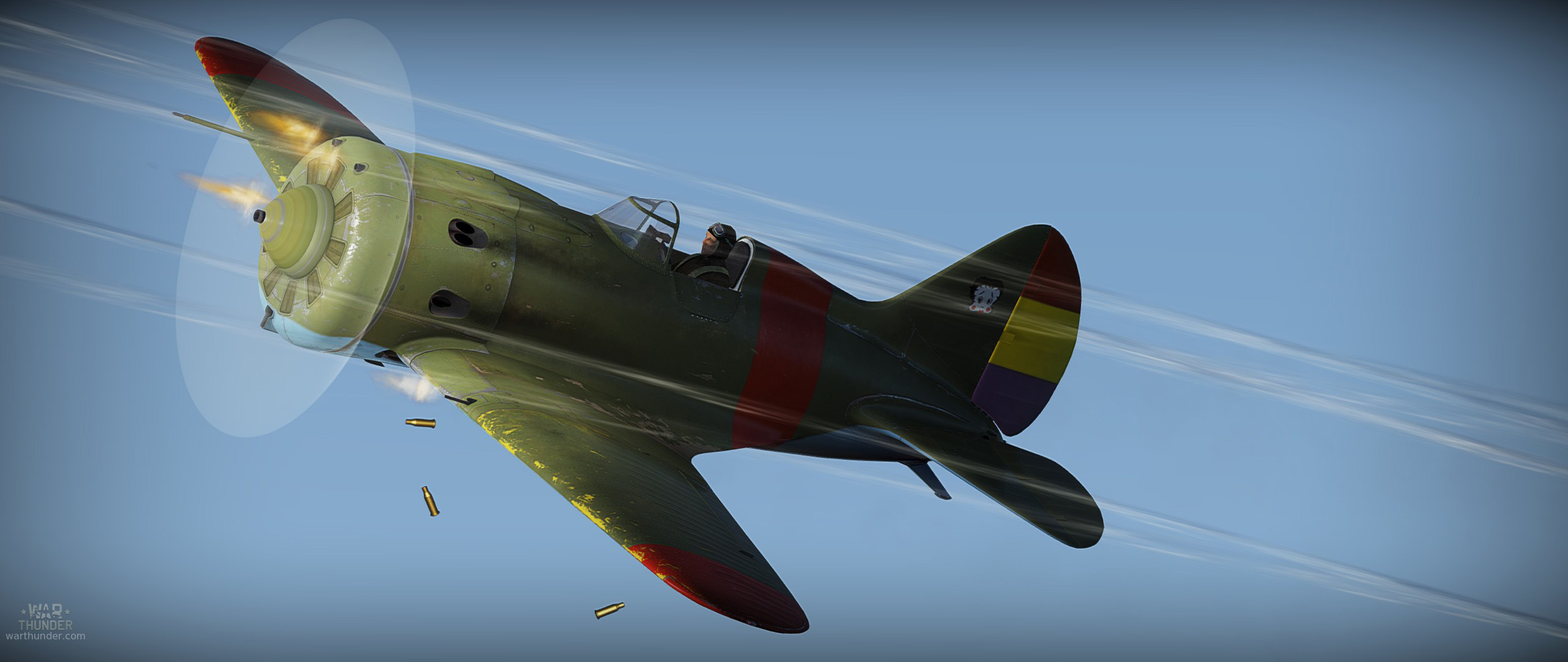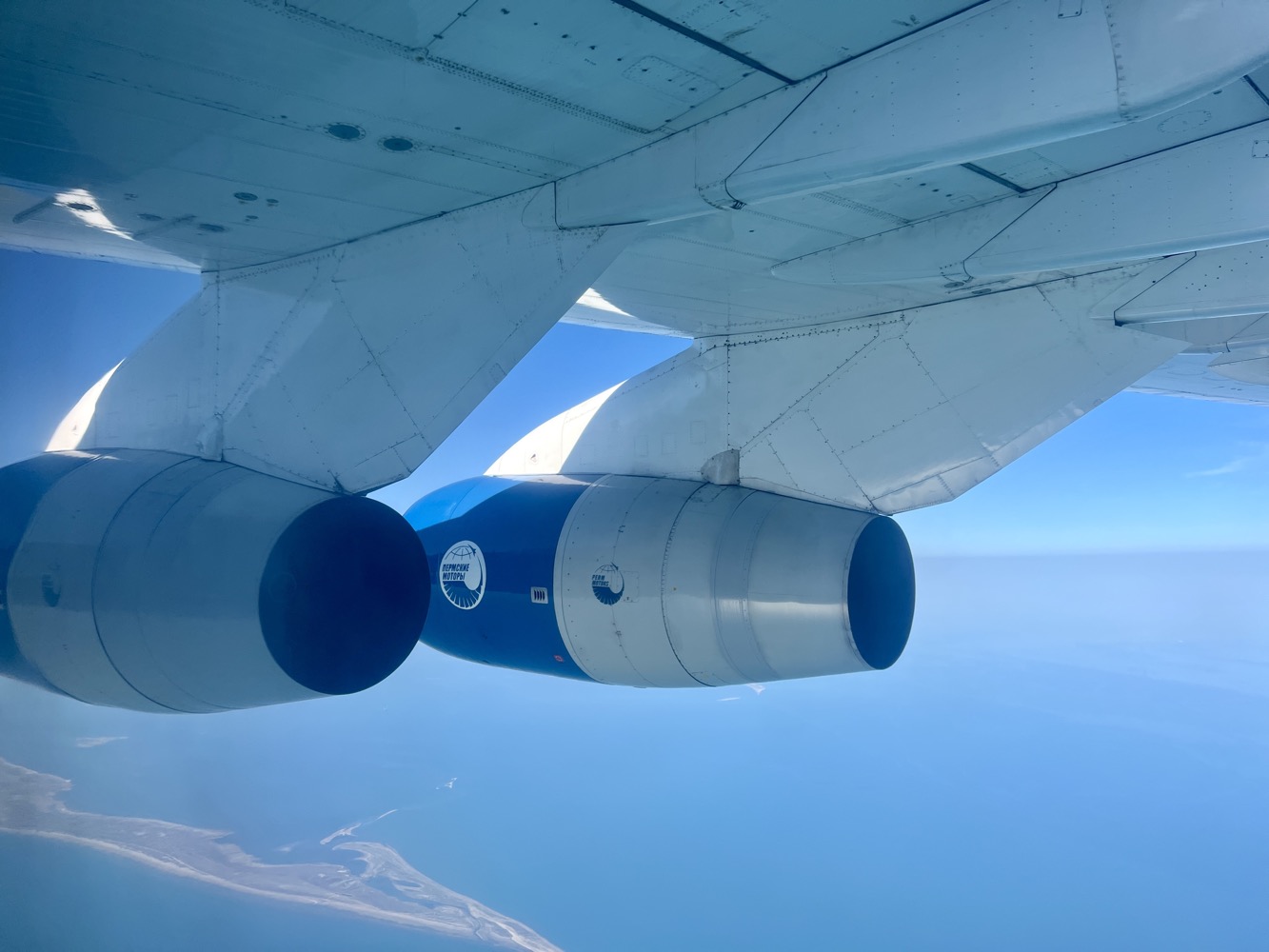Il-16 Aircraft - The Foundacion Infante de Orleans or FIO, is the Spanish Historical Aviation Museum, a group of aviation enthusiasts and pilots formed the non-profit organization at Cuatro Vientos Airport, near Madrid in 1989 with the sole purpose of preserving and sharing Spanish aviation history. They named it in honor of Don Alfonso de Orleans y Borbon (1886-1975), a famous Spanish pilot and aviation pioneer. He was the first Spanish military pilot, graduating in 1910, and flew well into the last years of his life, accumulating more than 6000 flight hours. The FIO aimed to recover and restore aircraft with an important place in Spain's aviation heritage. The collection now has around 38 airworthy aircraft spanning more than seventy years of Spanish aviation culture. They maintain them in their own workshop and exhibit their collection to the public once a month with an air show from their home base. One of their most important artifacts is an air-capable Polikarpov I-16 Rata, and it is the focus of this article.
Rata in Spain: In November 1936, during the Spanish Civil War, General Franco's Nationalist armies were about to take Madrid. Their bomber crews were surprised by the sight of a number of small monoplanes attacking them at incredibly high speed. The fast and small Polikarpov I-16s, painted in a dark color, gave the impression that they "looked like they came out of the drains." This was the reason why they were named as
Il-16 Aircraft

, due to a loose interpretation of the Russian name for the city of Moscow painted on the plane's shipping boxes. The two squadrons of Polikarpov that joined the Battle of Madrid were quickly seen outnumbering the Nationalist side's Fiat CR.32 "Chirri". The arrival of the magnificent Polikarpov, the first monoplane fighter to be employed anywhere in the world, undoubtedly contributed to a major defensive victory for the Republican forces in Madrid.
Eduard 1/48 I 16 Type 24 Build
When the I-16 Type 5 first entered service in the Soviet Union in 1935, it became the world's first monoplane with retractable landing gear. The crudely built aircraft had a wooden structure with birch cladding. It was a difficult aircraft for average pilots as it was considered a "devil" due to its delicate landing characteristics and due to its natural tendency to spin at the slightest error. It was an unstable aircraft, which made it a difficult firing platform, but was very agile, which gave it extraordinary advantages in a dogfight. The 1937 Type 10 upgrade featured excellent armament with four ShKas 7.62mm machine guns, making it a fearsome opponent in the right hands.
The first deliveries to Spain involved thirty-one I-16 Type 5 fighters, followed by additional aircraft the following year, so that by mid-1937 ninety
Was in the service of the Republican forces. The delivery of I-16 Type 10s solved one of the major shortcomings of the Type 5, which had only two machine guns. The new type was armed with four guns and christened
Of Republican pilots. As of September 1938, twelve I-16s from the last two shipments in Spain were equipped with American Wright Cyclone engines, able to evade the arms embargo then in force. The majority of converted aircraft came from 4 Escuadrilla 'Mosca', although there were a few exceptions. The Spanish mechanics' modifications also included many other improvements to these 'Mega Moscas', mainly aimed at confronting the superior Bf.109 at higher altitudes. Oxygen equipment, four ShKas machine guns, a reflex sight, some armor for the pilot, two exhaust stacks and a chin air intake for the Wright Cyclone engine were among these improvements.
Nakajima B5n2 Type 97 Kate Aircraft Plastic Model Airplane Kit 1/48 Scale #09076 Pictures By Captaina ( Indiana )
Were operational for the next two and a half years, achieving their most notable successes at the Battle of Guadalajara, the Northern Campaign. They fought in very difficult conditions at Brunete, at Teruel and finally at the Battle of the Ebro, the beginning of the end, which followed six months later with the collapse of Catalonia.
Pilots learned from experience that the chances of beating the Fiat CR.32 "Chirri" biplanes increased if they attacked with a quick pass and then broke the fight, giving the "Chirri" its advantage of superior maneuverability in ' denied a classic dogfight. The Republican side is believed to have received 278 I-16s from the Soviets during the Spanish Civil War, of which they lost 112 in combat and 75 in accidents. Only 53 examples remained at the end of the war in April 1939. Several of them served as advanced fighter pilot trainers in the post-war Ejército del Aire until 1953. Unfortunately, none of them survived the scrapyard.
In the early 1990s, the Alpine Fighter Collection of the New Zealand Aeronautical Research Bureau of Novosibirsk contracted to recreate six examples of the I-16 from wreckage discovered around Russia. As soon as the FIO heard this, they launched a campaign to bring one to Spain. Many people supported the project, but it was only with the support of the city council of Getafe that they reached their goal. Getafe signed an agreement with FIO to build a new museum and finance part of the Rata acquisition. After negotiation, FIO obtained their Rata for €262,000. It arrived in Spain in early 2005. FIOs

Is based on the remains of an example found in 1992 near Lake Kokkojarvi in Karelia, a region in northern Russia bordering Finland. It was manufactured in 1937 and belongs to 122 Squadron of the Soviet Northern Fleet.
Belgium Shows Off Russian Plane Intercepts
The FIO's I-16 made its first post-restoration flight in 1997, and its official public debut in Spain came on 4 May 2008. The aircraft was marked CM-249, a
Flown by Captain Jose Maria Bravo, commander of 3 Escuadrilla. Although it was Captain Bravo's plane, as indicated by the white squadron leader's code numbers, Sgt. J. L. Tarazonait also flew it on occasion. 3ª Escuadrilla "Moscas" formed in 1937, commanded by a Russian, Boris Smirnov. The squadron fought at the Battle of Guadalajara and later at the Battle of Segovia. The squadron had two more Russian commanders, Ukhov and Yevseviev during the Battle of Brunete. After being reunited with the 2ª Escuadrilla, the aircraft fought during the battles of Belchite and Teruel. After this last battle, on the 3
During March 1938, the Esquadrilla received a Spanish commander named José María Bravo in Salou. He led them through several dogfights until the unit was disbanded in February 1939 after the Battle of the Ebro.
Carlos Valle, FIO president and currently the only Spanish pilot authorized to fly the Rata, is very pleased with the aircraft. Translated from the original Spanish, Valle said:
Nakajima B6n Images, Stock Photos & Vectors
"For a very experienced pilot, flying a historic aircraft is always a challenge. However, this may be a common experience for the specialist pilot who is used to flying this historic and rare aircraft...especially if these aircraft are high performance WWII fighters. This challenge hardly pushes the limits and experience of these pilots. Also considering the fact that these aircraft are usually very rare or even the only example still flying in the world, it is easy to understand the great responsibility that historical aircraft pilots have assigned to us to present them to the public, but also to fly them for sure.
F.I.O. 's I-16 Rata is one of these aircraft, with its unmistakable lines, which give the aircraft a strong personality and its thick fuselage gave a special sensation, and it can be considered an example of the pinnacle of Russian technology from the mid- The 30s. I was lucky to get a very valuable suggestion from my Russian friend Jurgis Kairis, a very skilled test and aerobatic pilot whom I met and flew during many aerobatic championships. Considering the flying characteristics, the Rata flies well, without major problems. Its ability to fly more than 400 km/h without a canopy gave me some extremely strong sensations and I had to wear a good soundproof helmet as the engine noise is loud.
Another distinctive feature is the main gear retraction system. In fact, this maneuver is very complicated, as it requires [the pilot] to turn the retract wheel with the right hand and keep the left hand steady on the control stick, without having control of the engine power adjustment at these moments.

As good as the Rata flies in the air, landing is a very difficult matter, as the nose obstructs forward vision along with the relatively high approach speed. You have to constantly look outside the plane, and usually before landing I have to swing the plane a little to see the landing point. Also, given that Cuatro Vientos' main runway is not wide, I have to pay close attention to the landing and the subsequent landing run. If there is no crosswind, it is relatively easy to maintain the direction on landing, but with crosswind I have to be careful with the brakes, as their efficiency is not really the best. Taxiing is another difficult task as it requires the pilot to follow a zig-zag run to look ahead.
Wargames (wwii) Letadlo 6254
Despite these qualities, I must admit that having flown many different historical aircraft types, flying the Rata is something special, partly for its performance, but also for its important history in
Cv 16 aircraft carrier, aircraft f 16, sa 16 aircraft, f 16 aircraft pictures, 1 16 aircraft cable, f 16 aircraft price, marine aircraft group 16, f 16 fighter aircraft, a 16 aircraft, f 16 on aircraft carrier, j 16 aircraft, galvanized aircraft cable 5 16
0 Comments